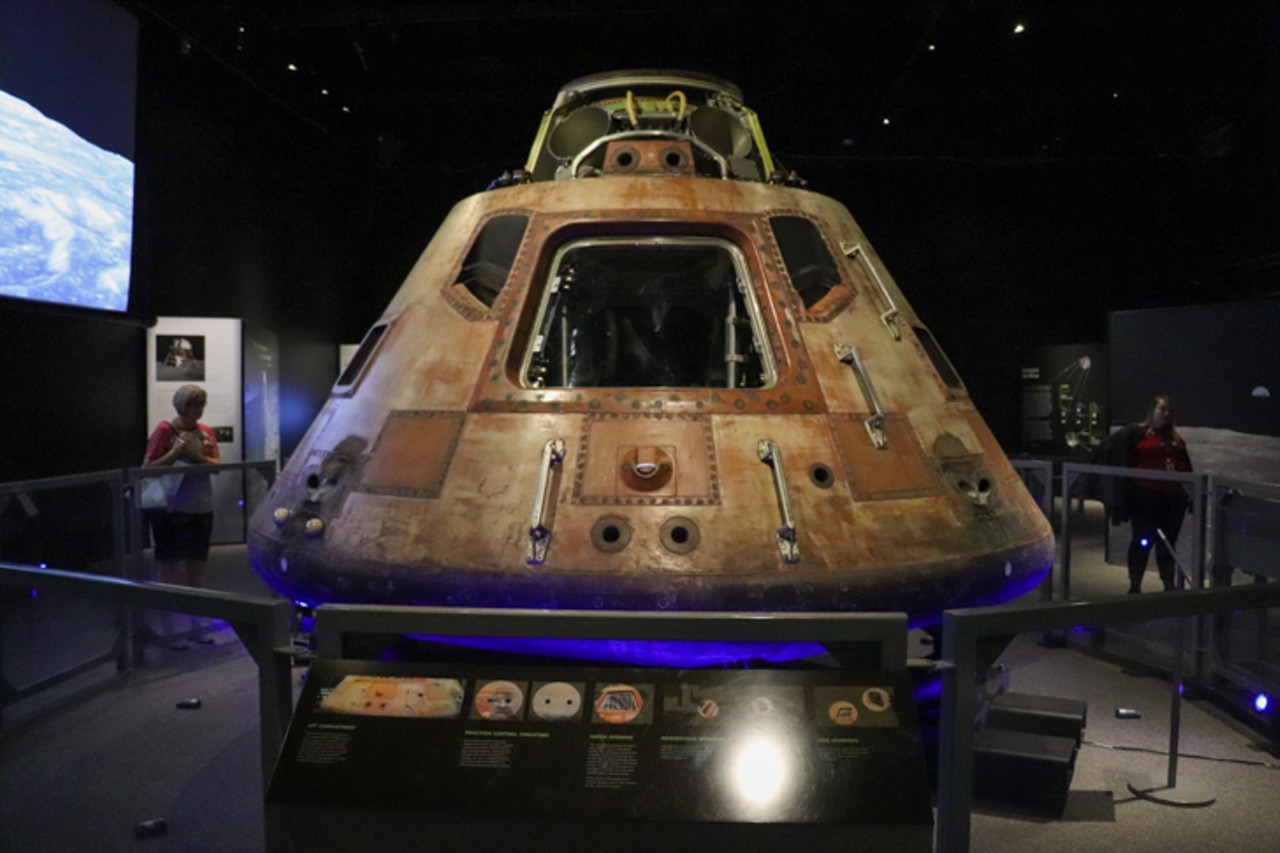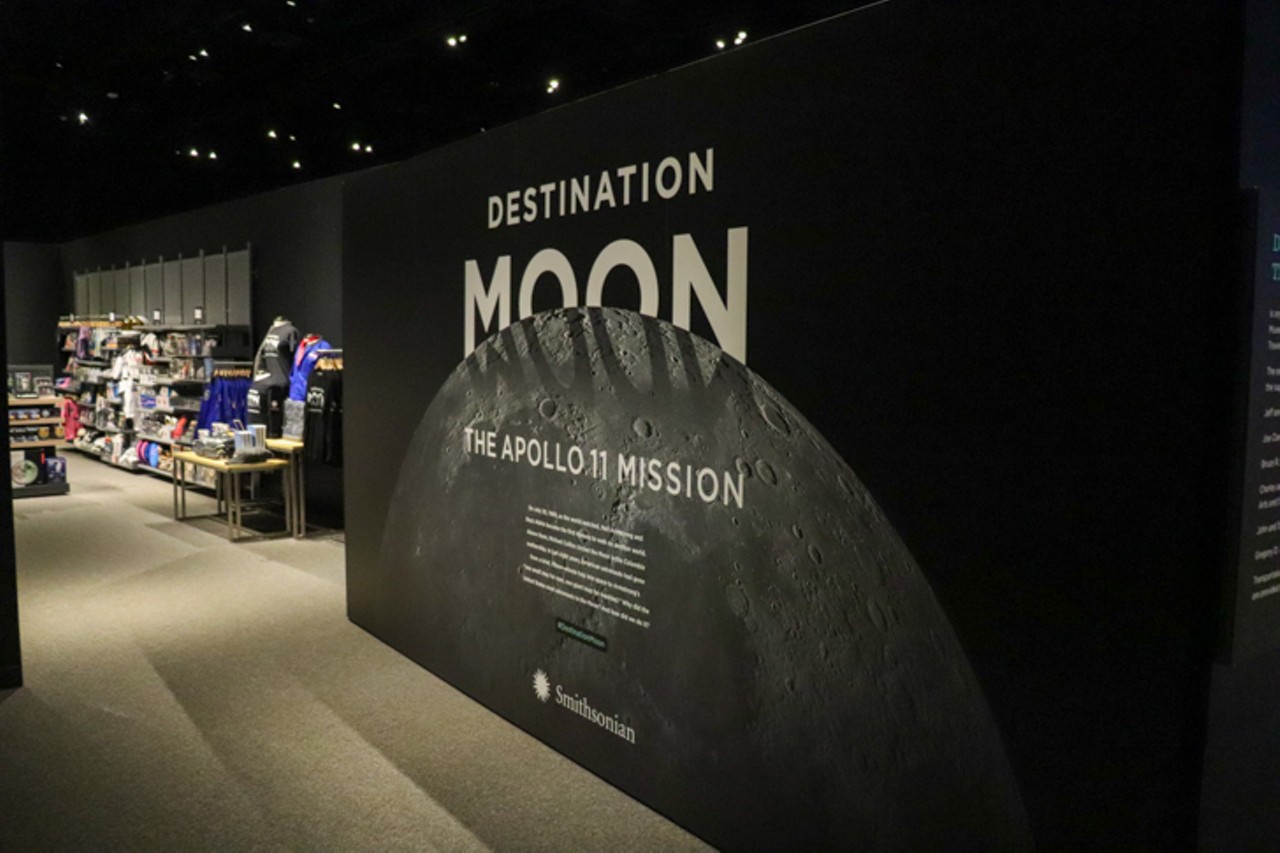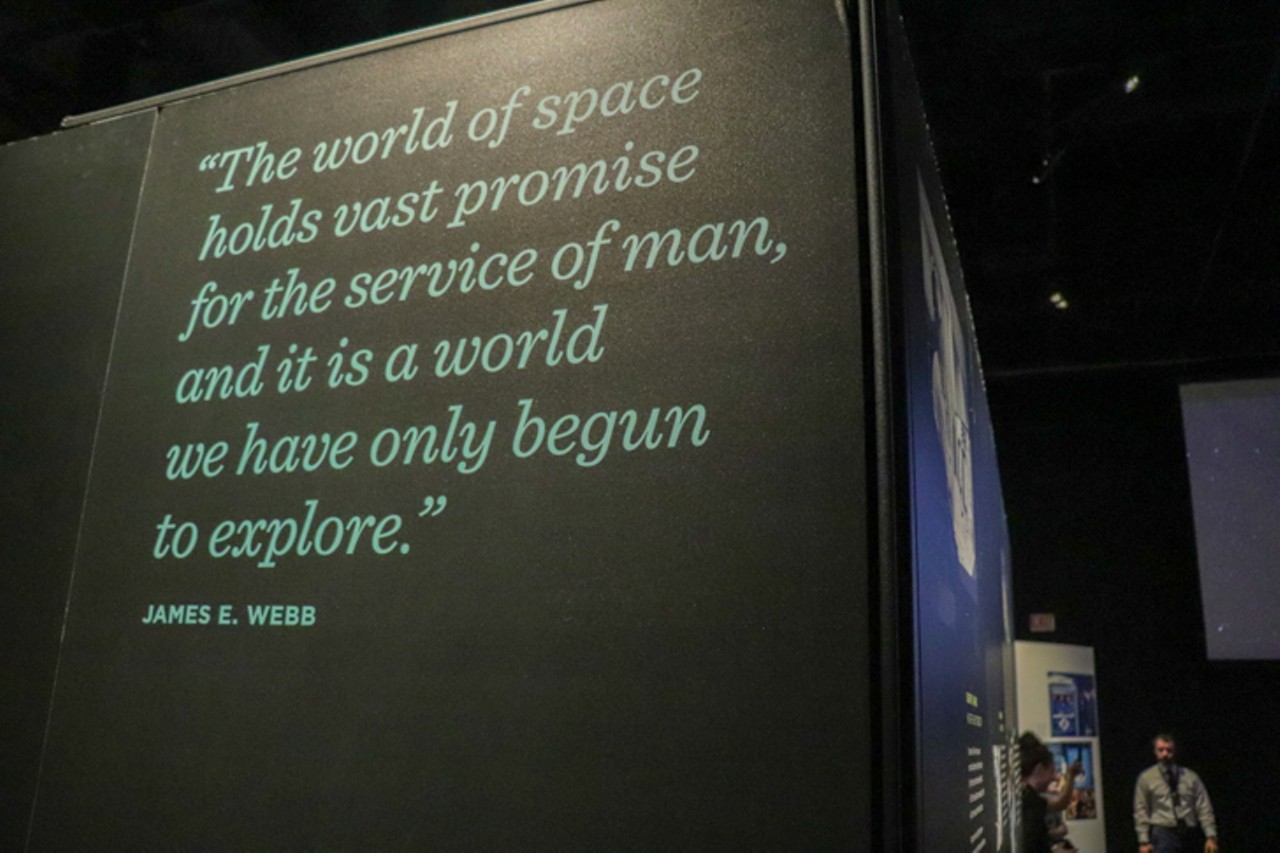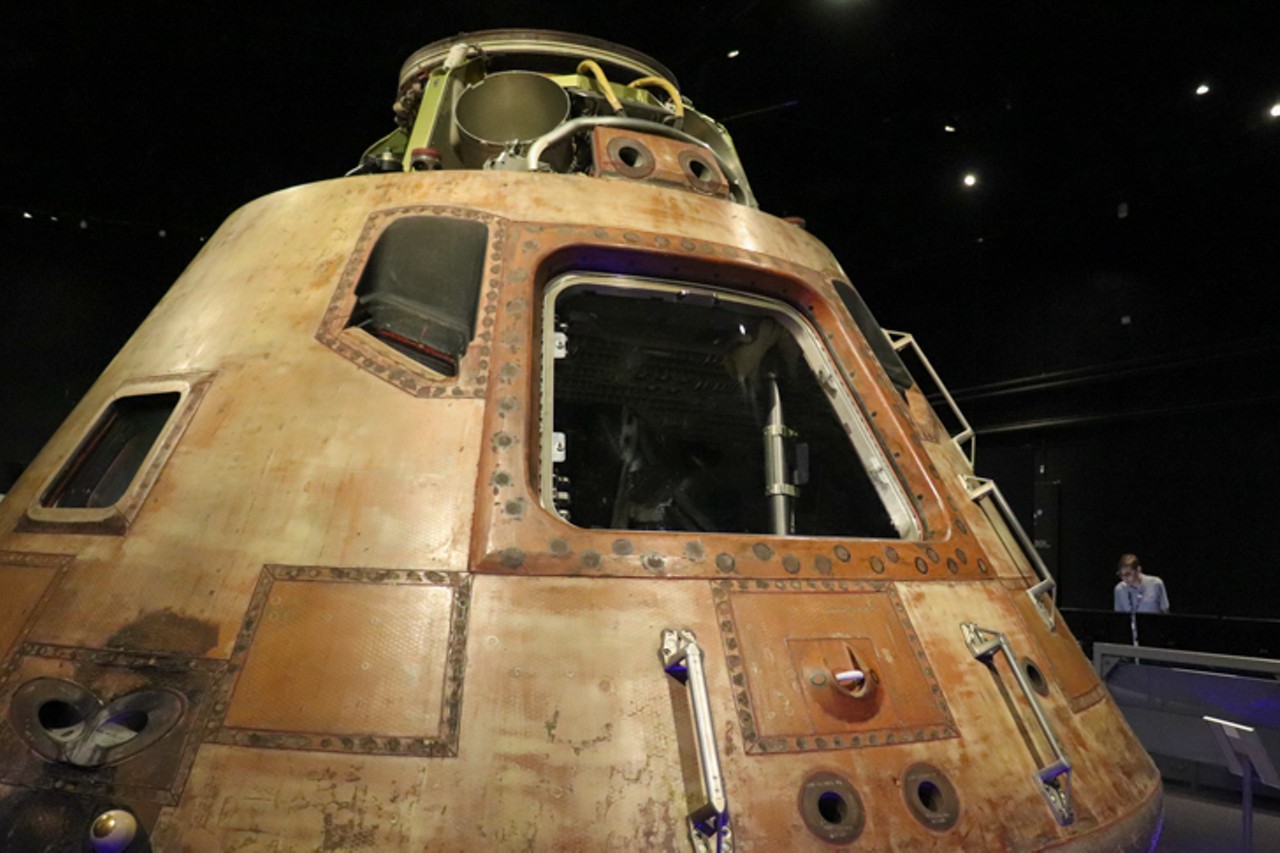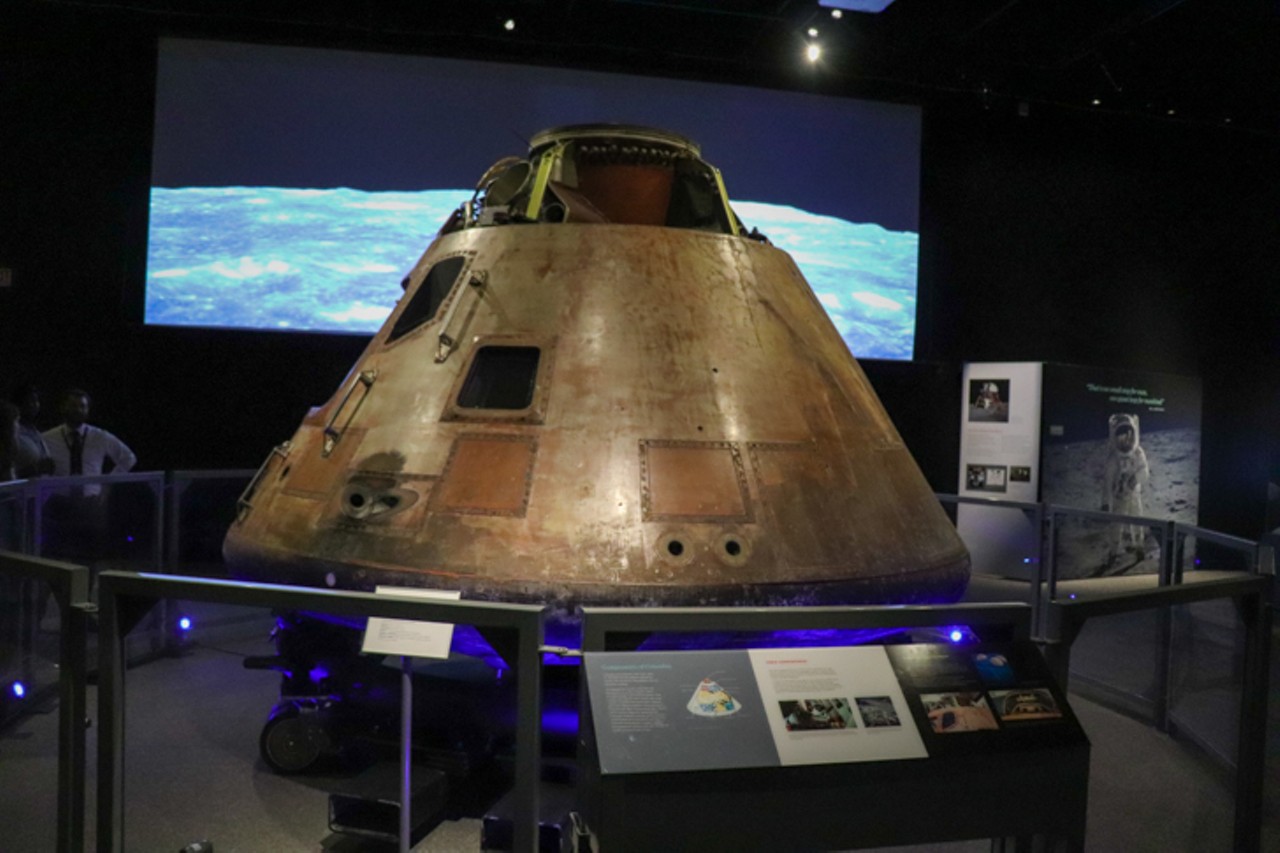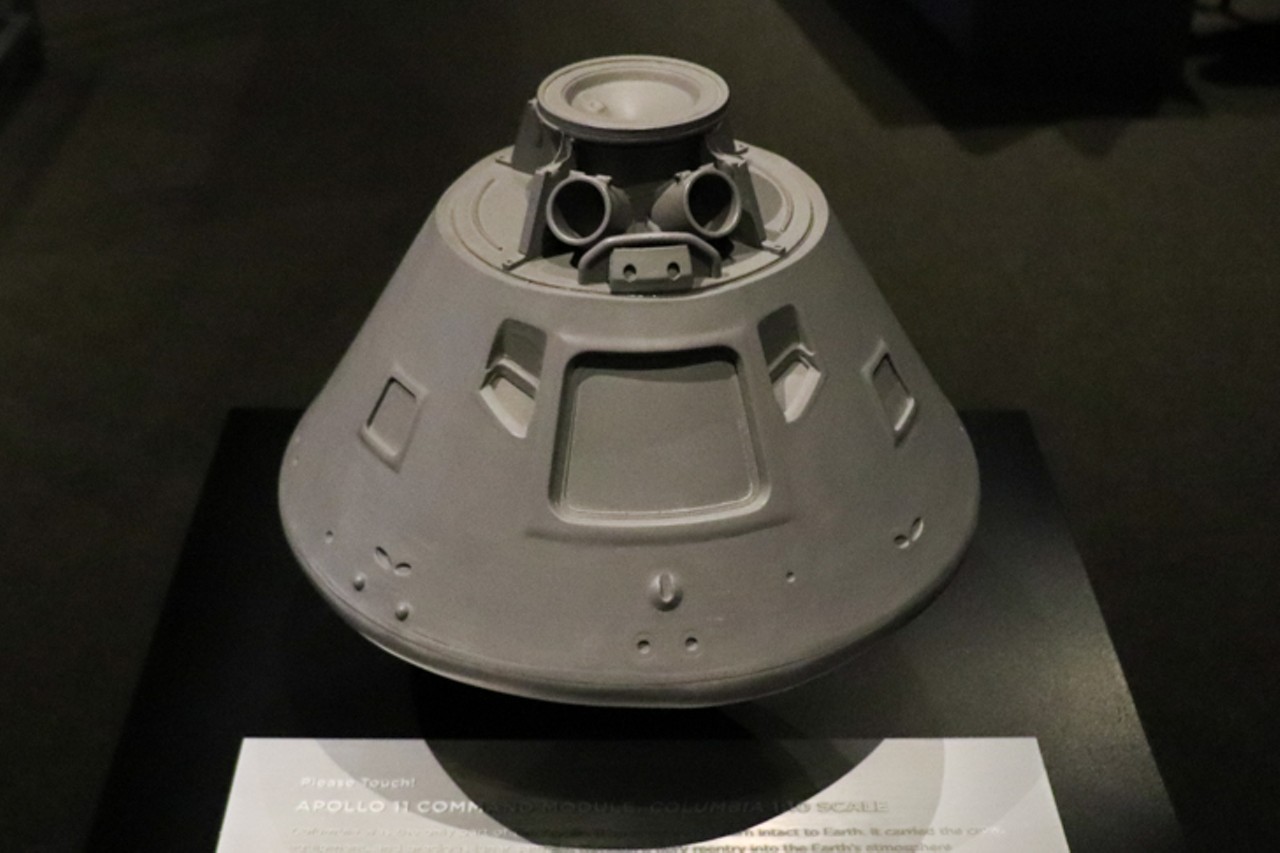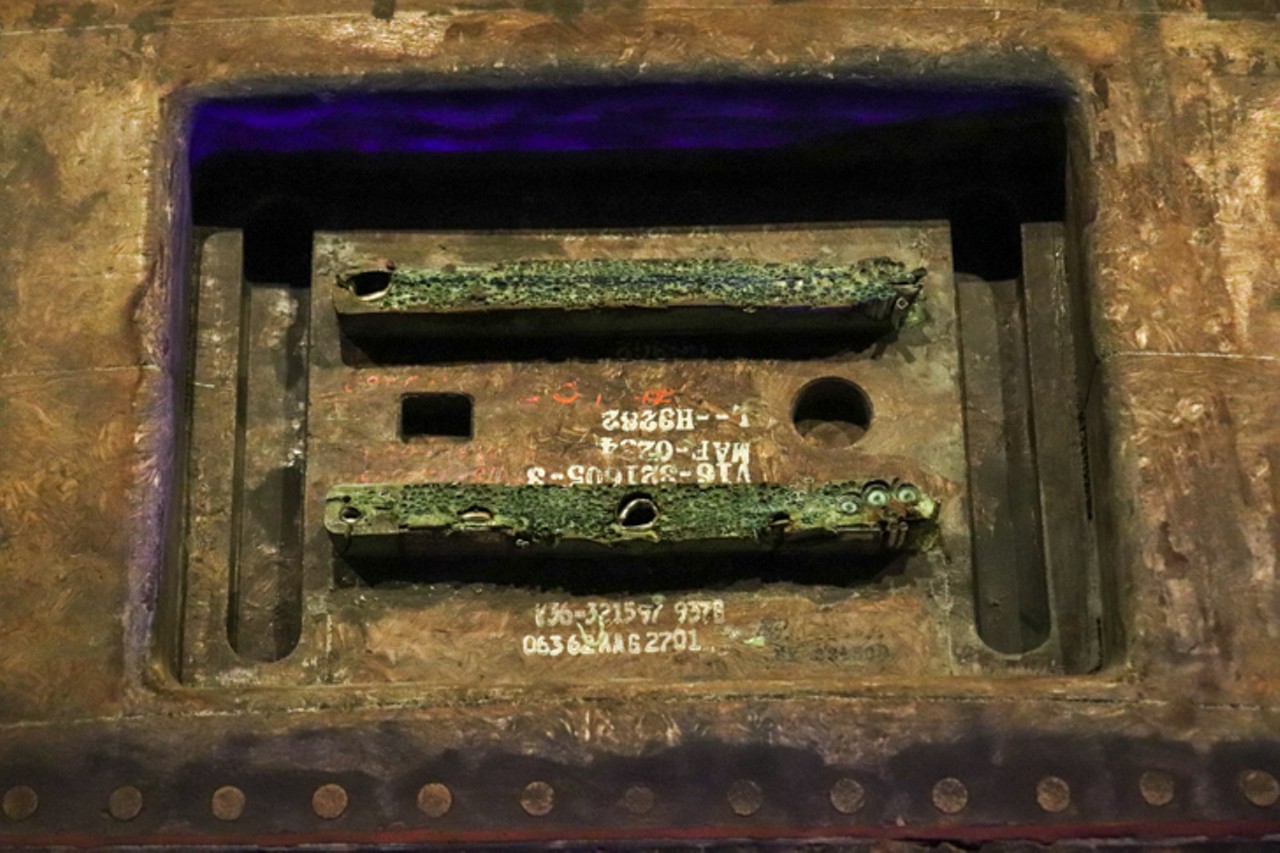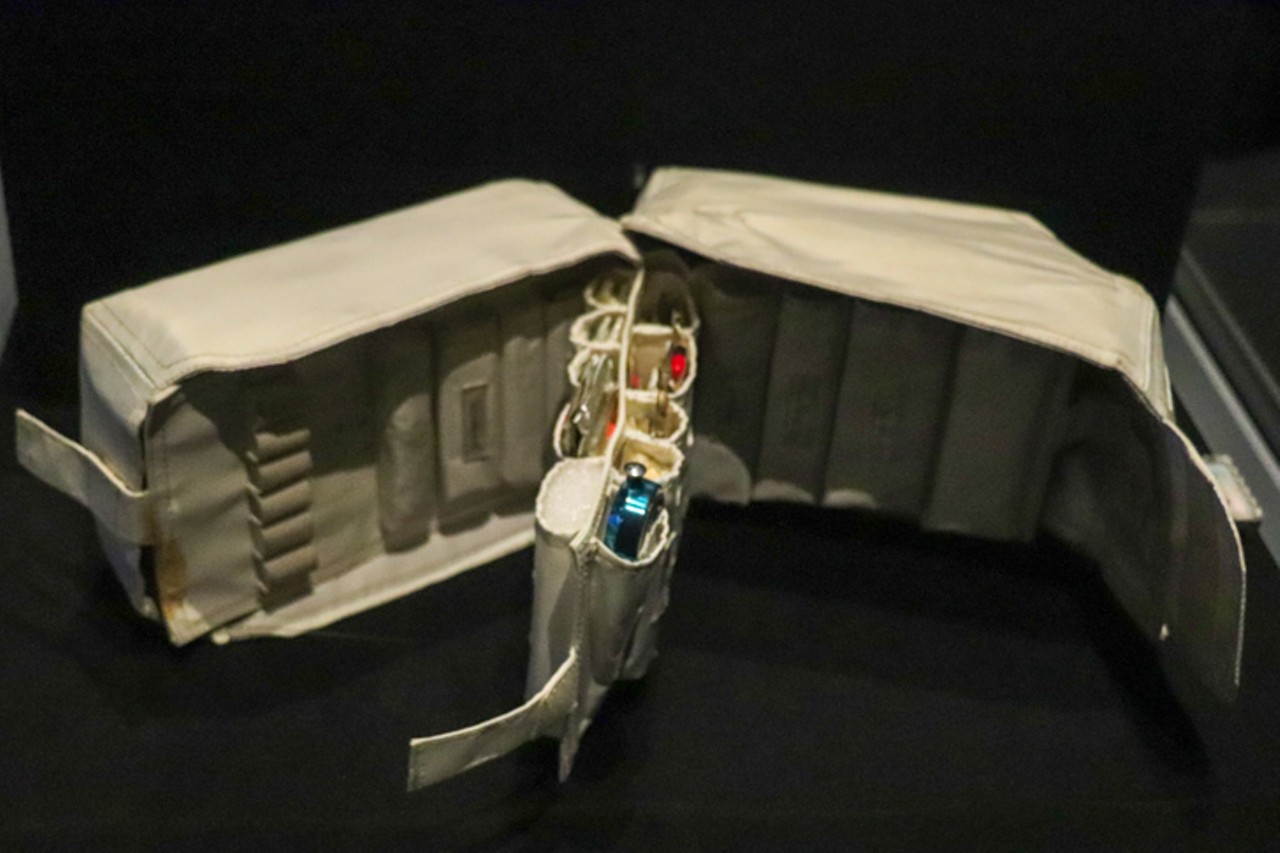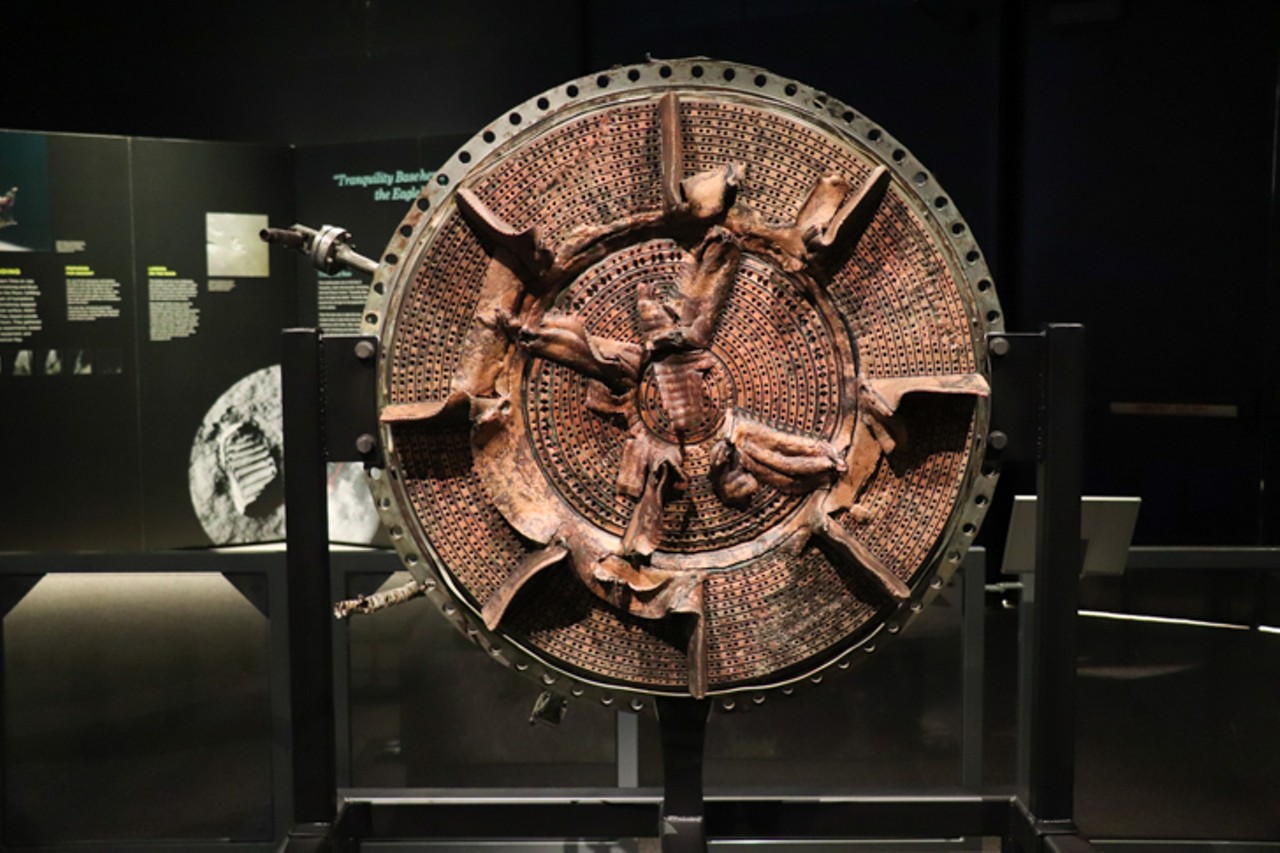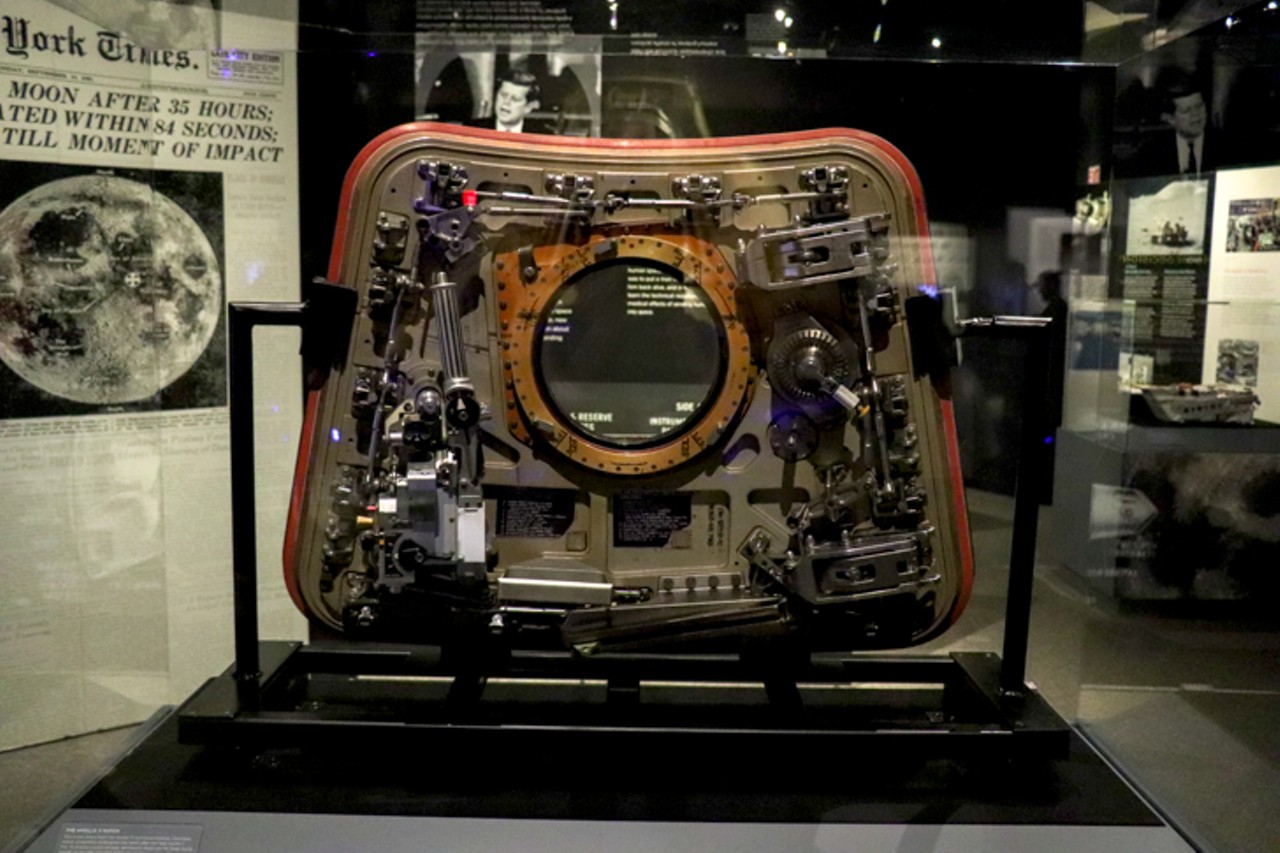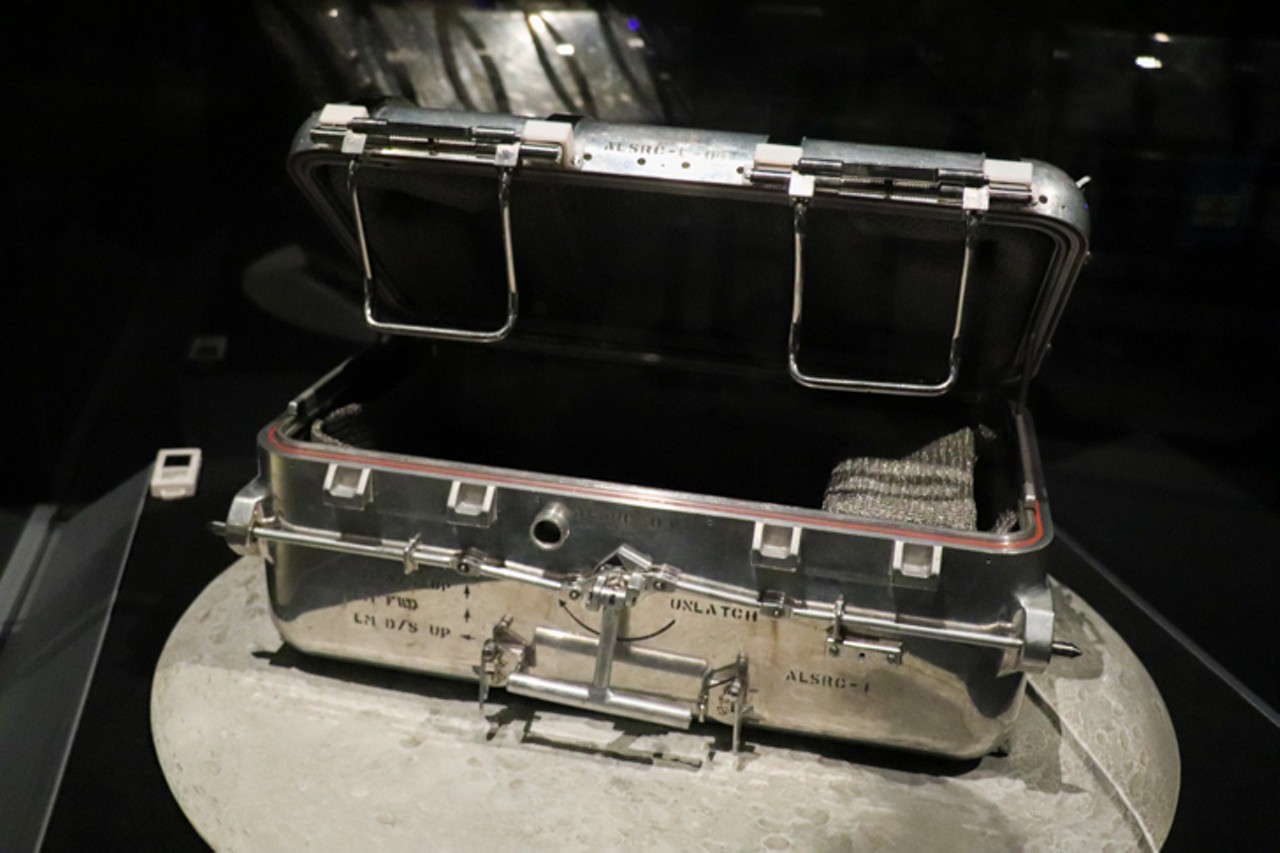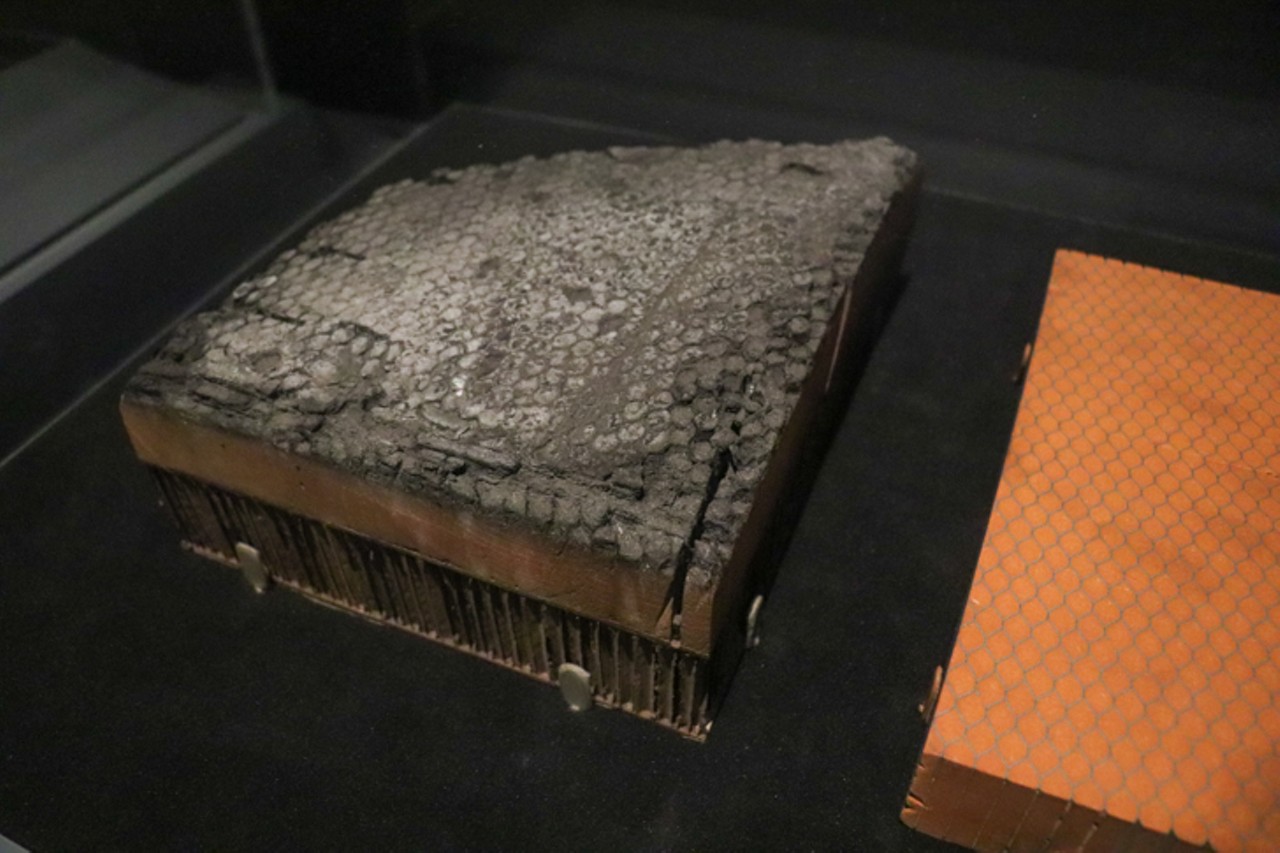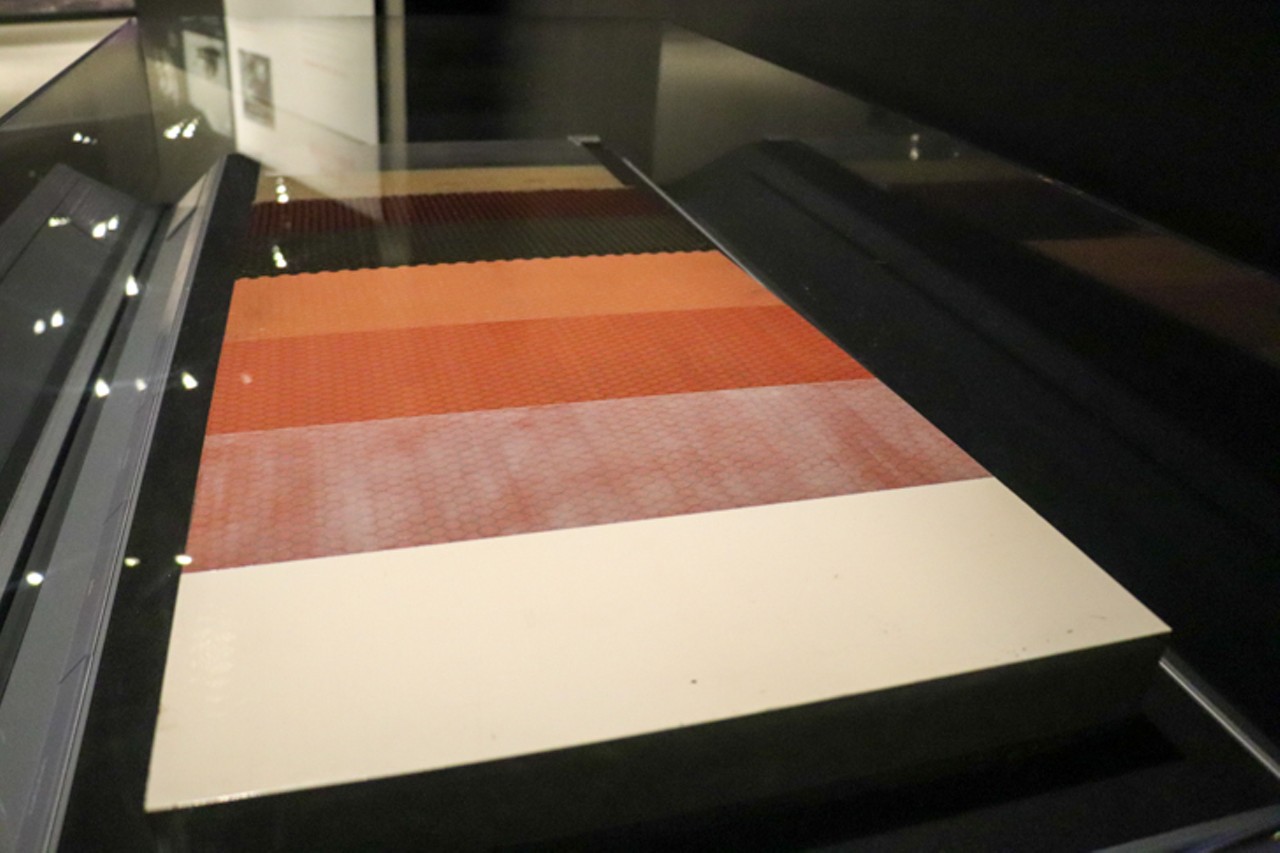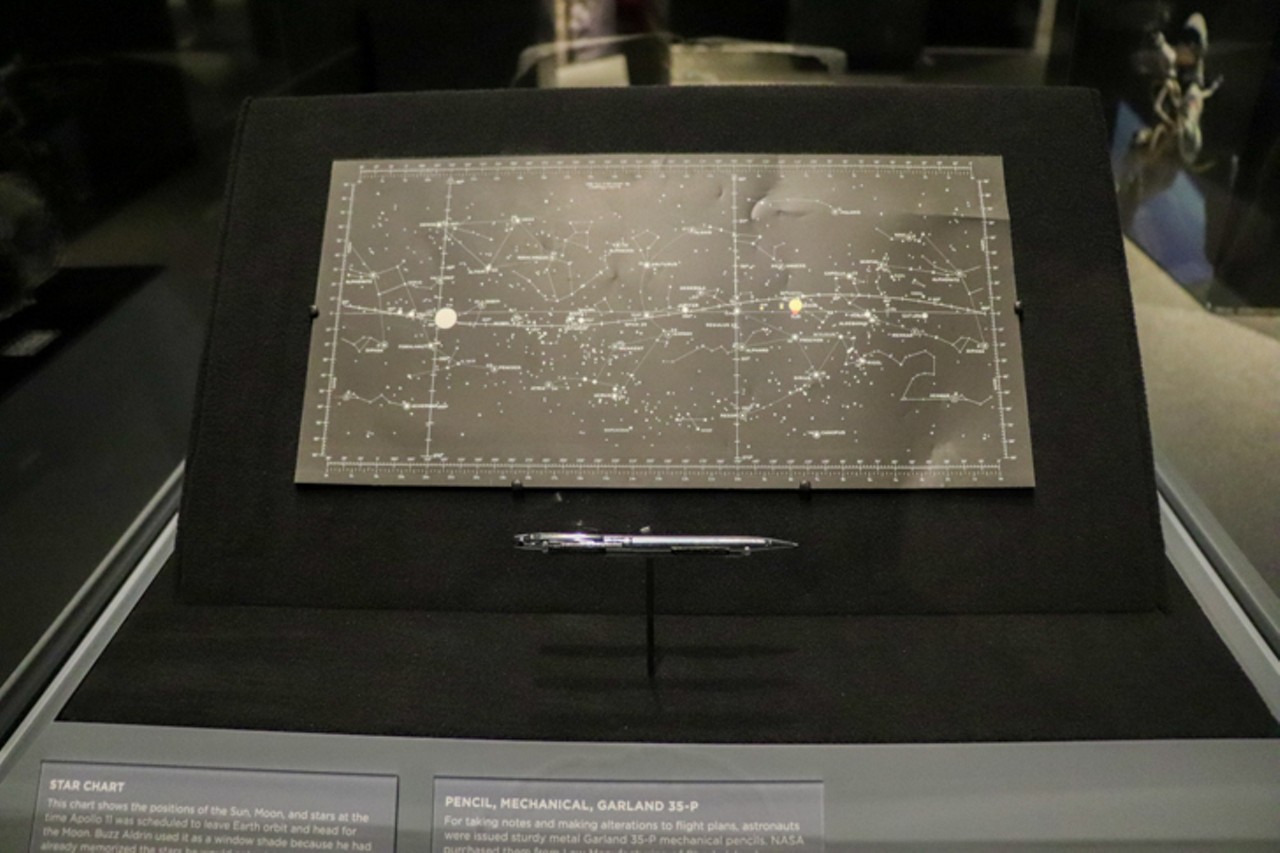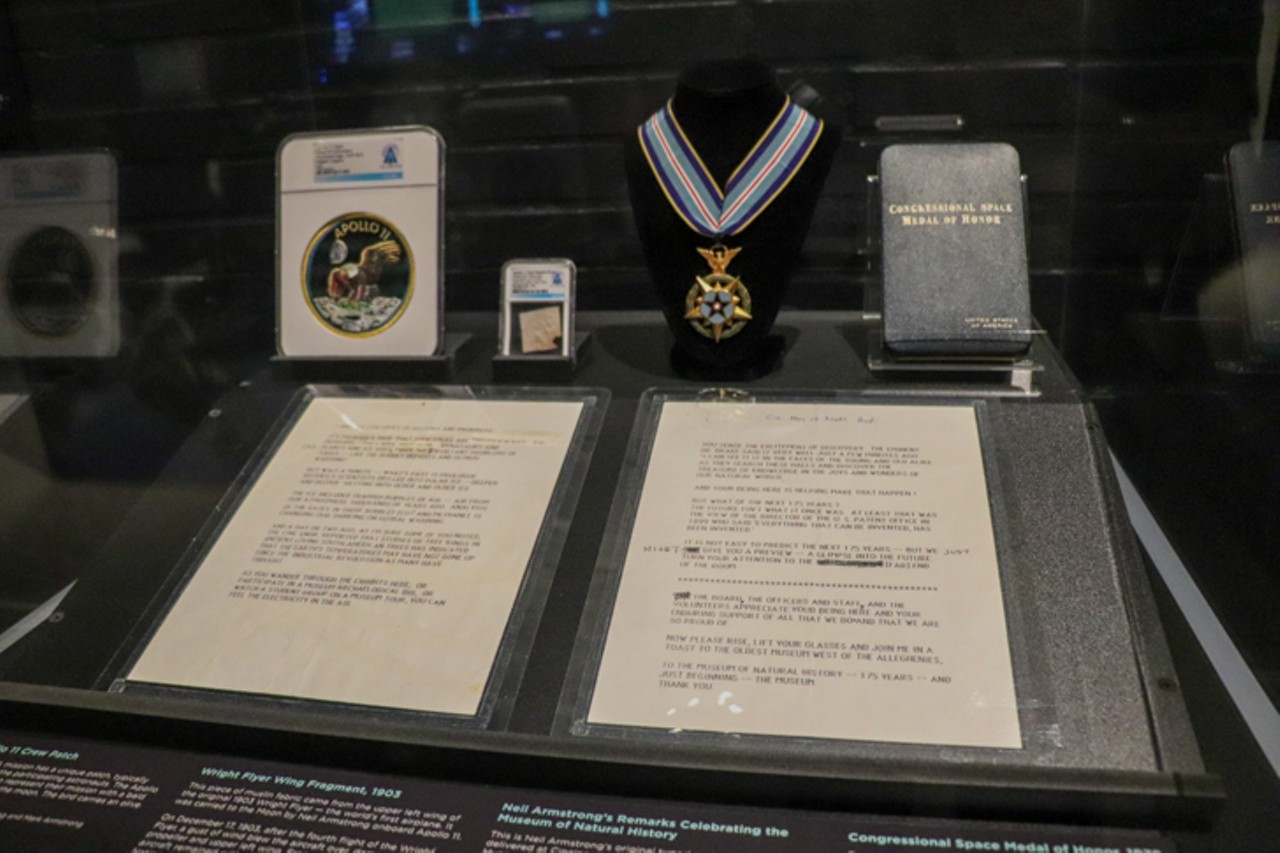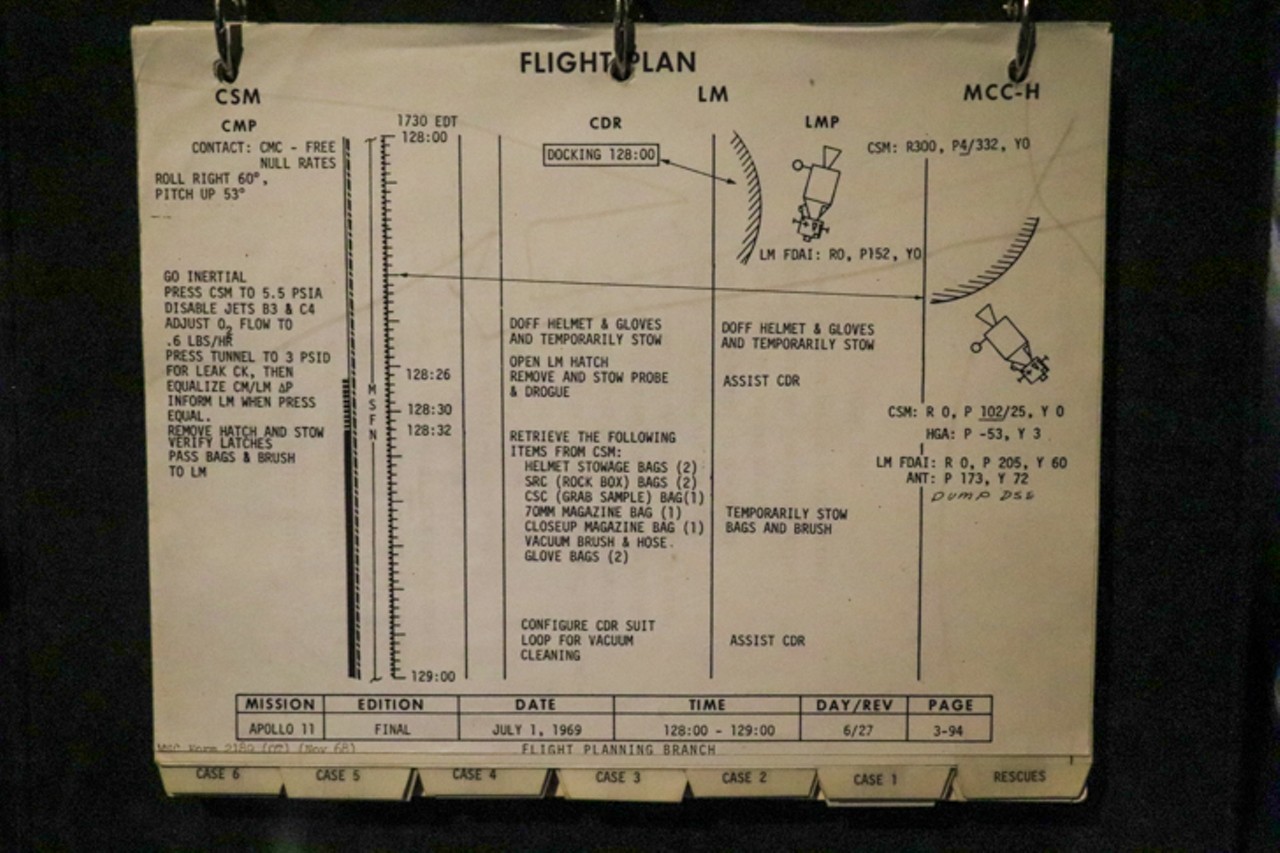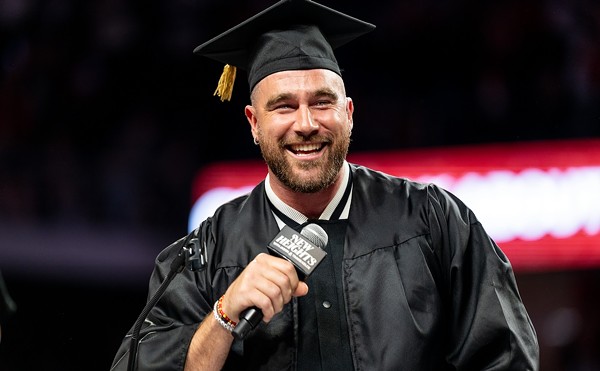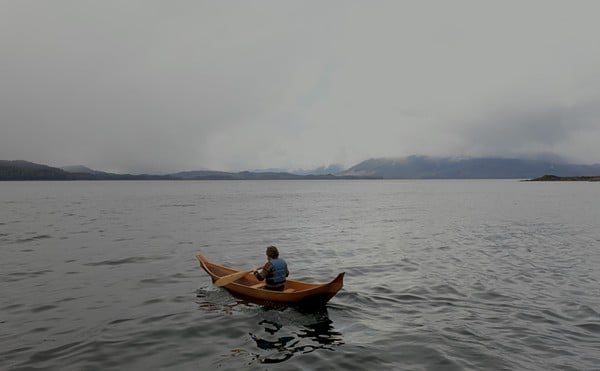The Cincinnati Museum Center opened their newest exhibit, Destination Moon: The Apollo 11 Mission, on Sept. 28. The exhibition celebrates the 50th anniversary of the Apollo 11 moon landing and features the Command Module Columbia, the only portion of the spacecraft that survived the journey. It's the first time since 1976 that the module has been on display outside the National Air and Space Museum in Washington, D.C. Visitors can also catch a glimpse of Buzz Aldrin’s gold-plated extravehicular helmet visor and thermal-insulated gloves. the star chart that helped guide Aldrin, Neil Armstrong and Michael Collins on their travels and more. Fun fact: Armstrong was born a Buckeye and later taught at the University of Cincinnati.
Photos by Mitchell Parton

